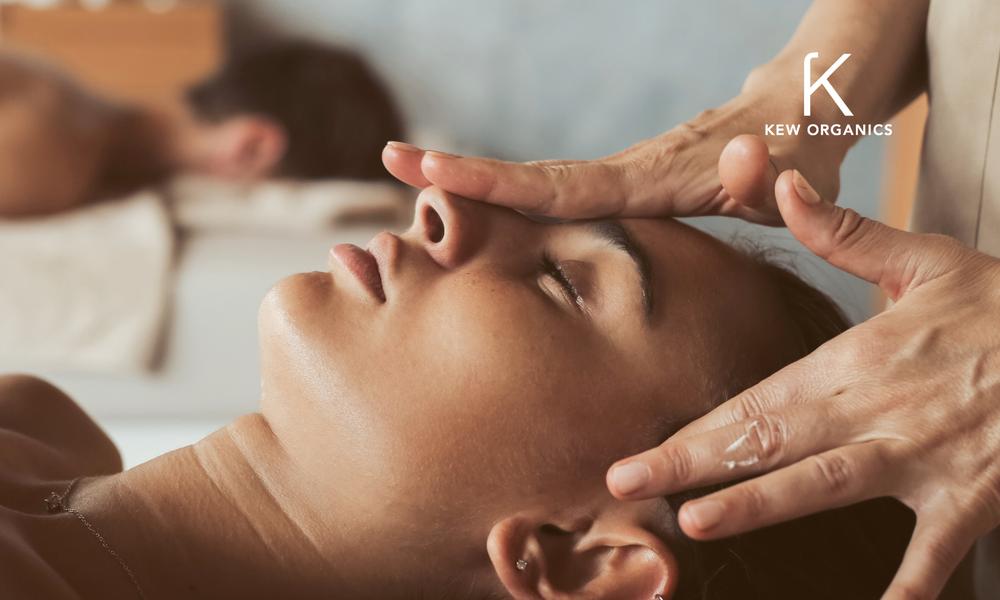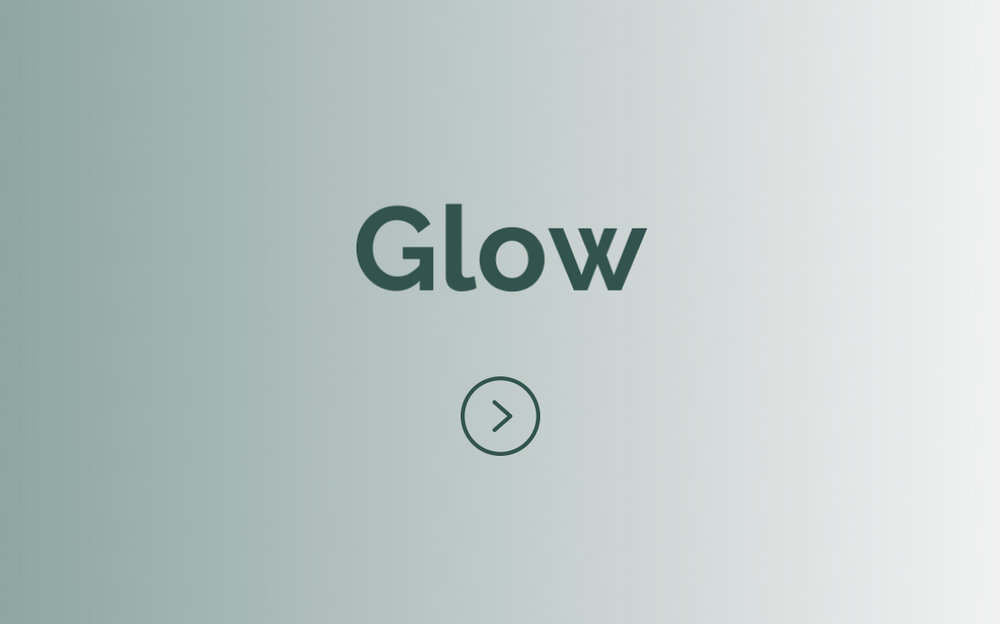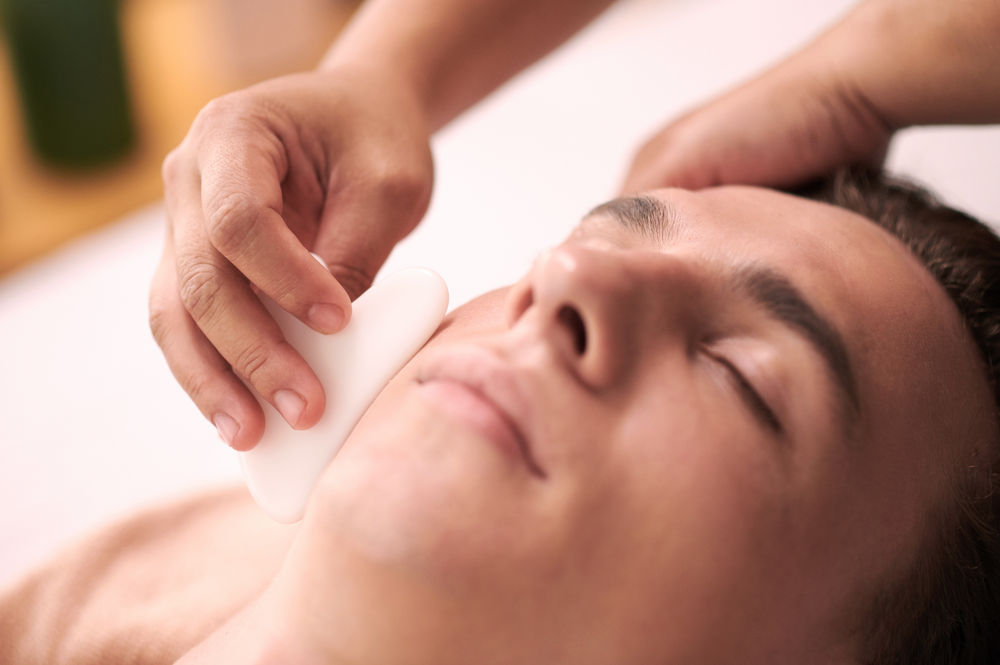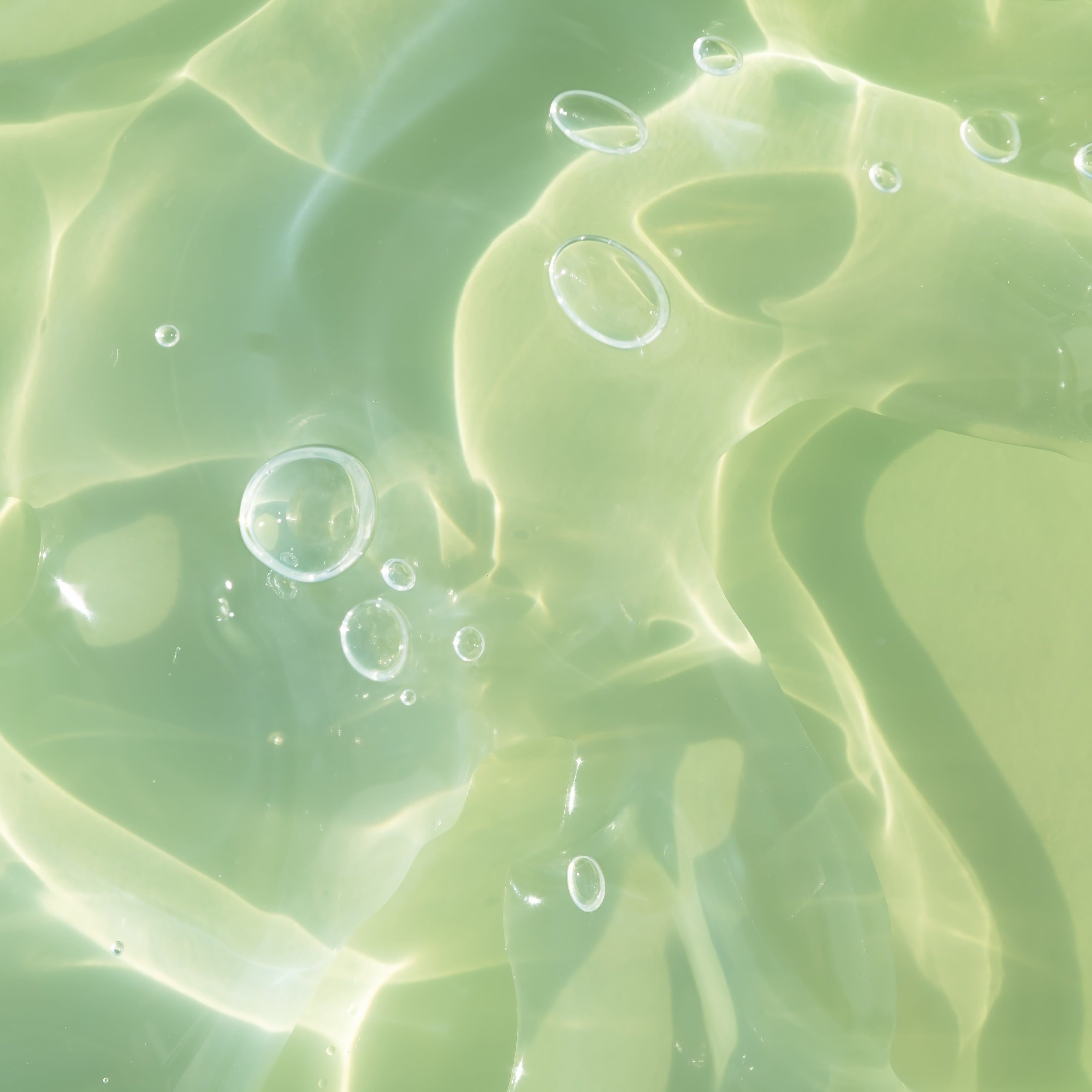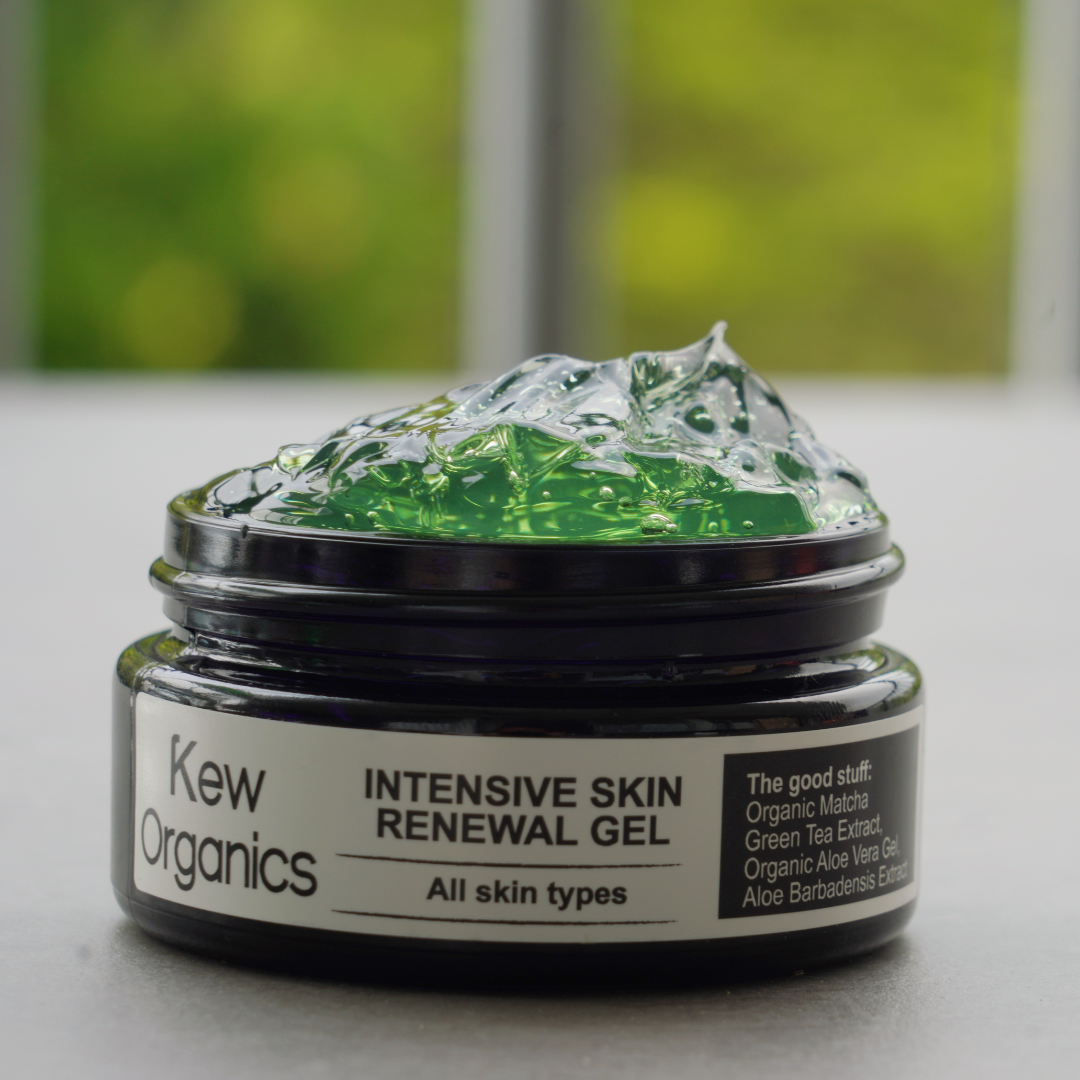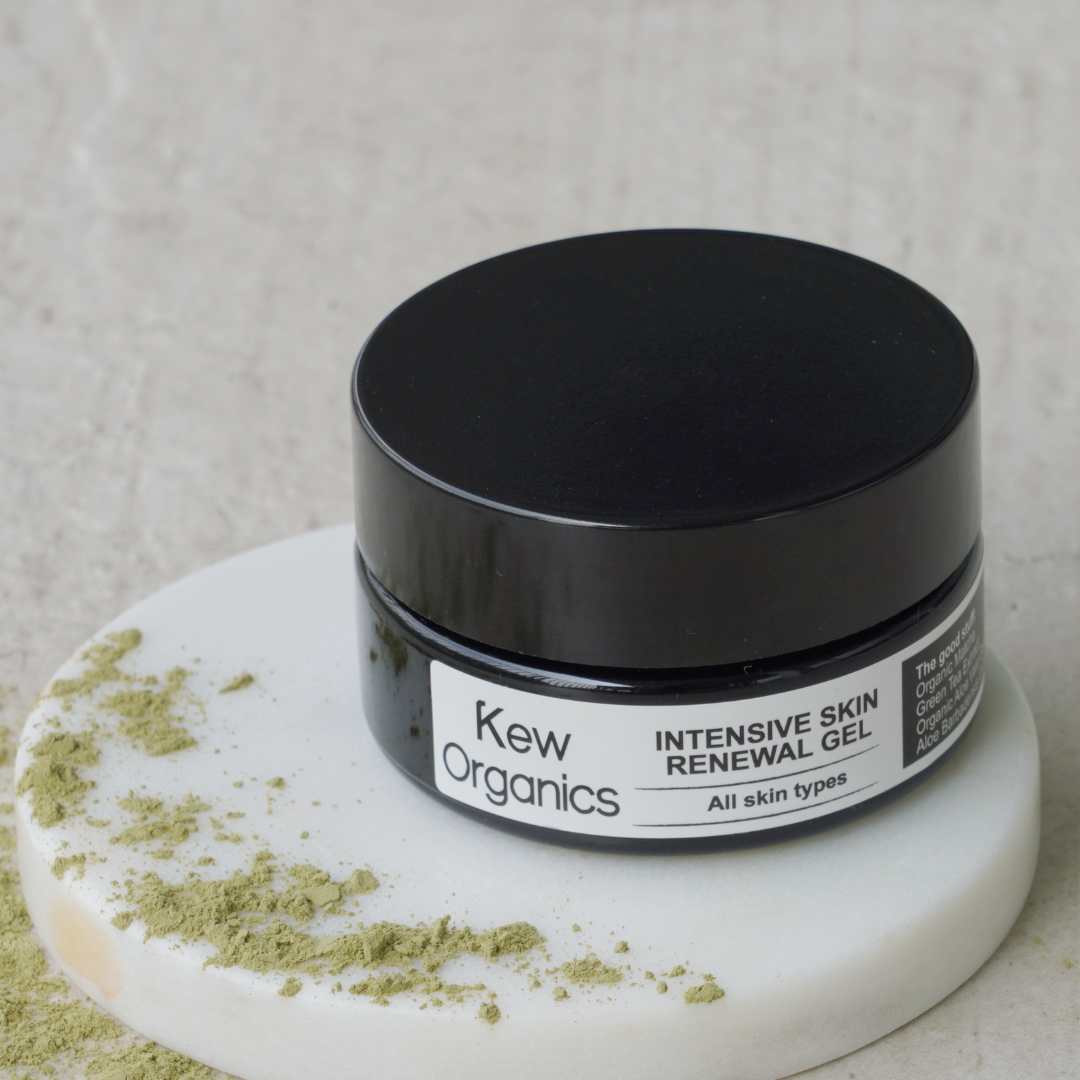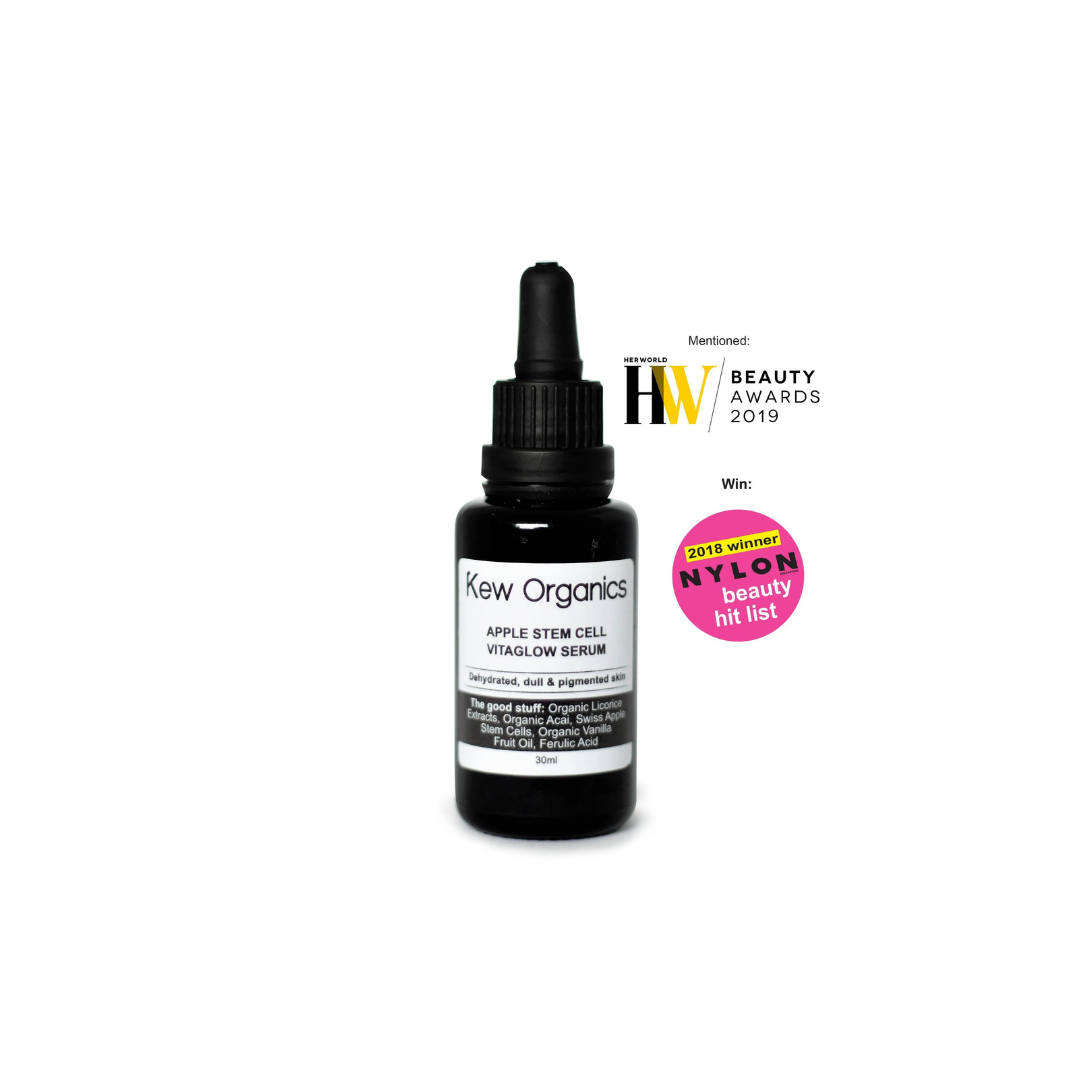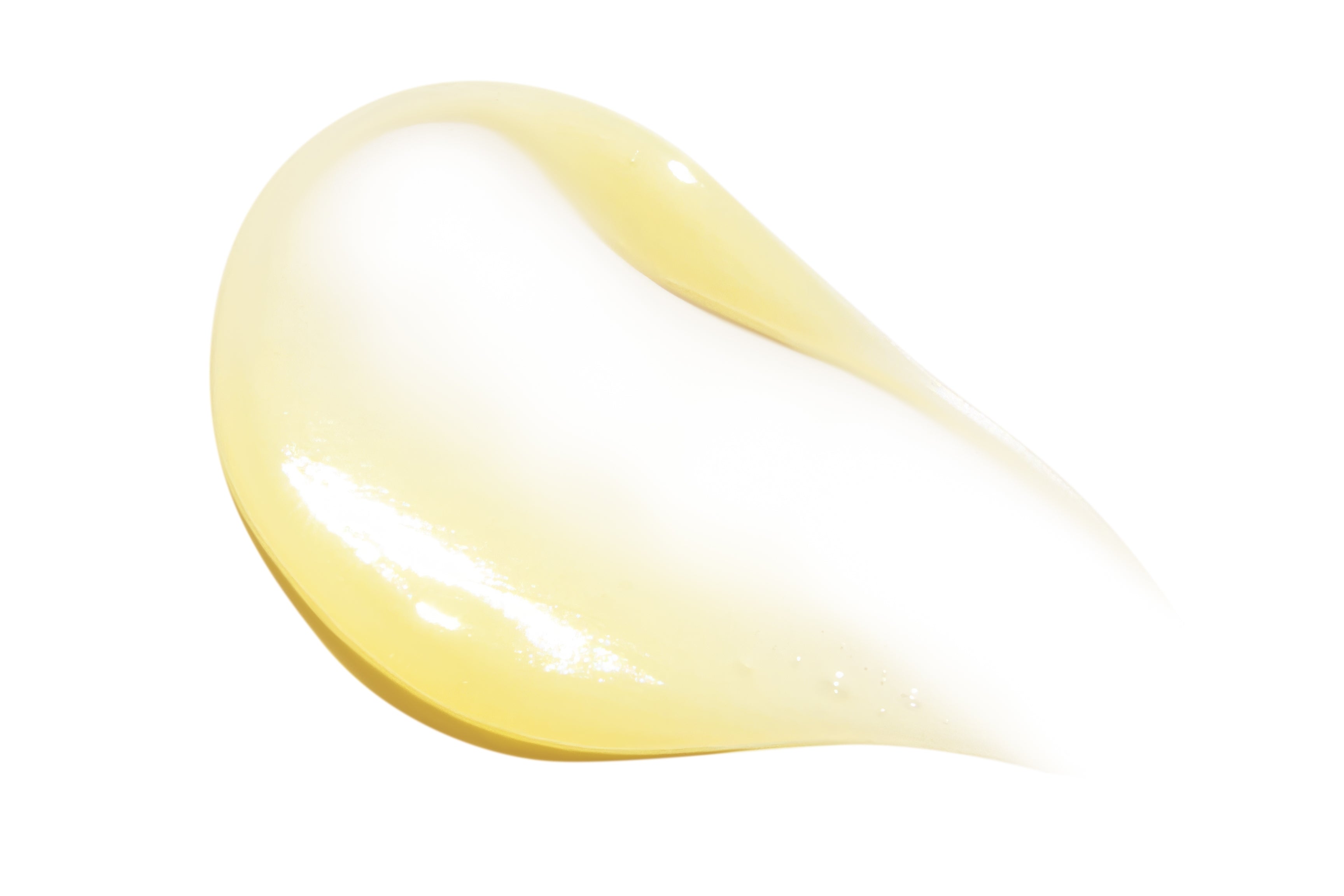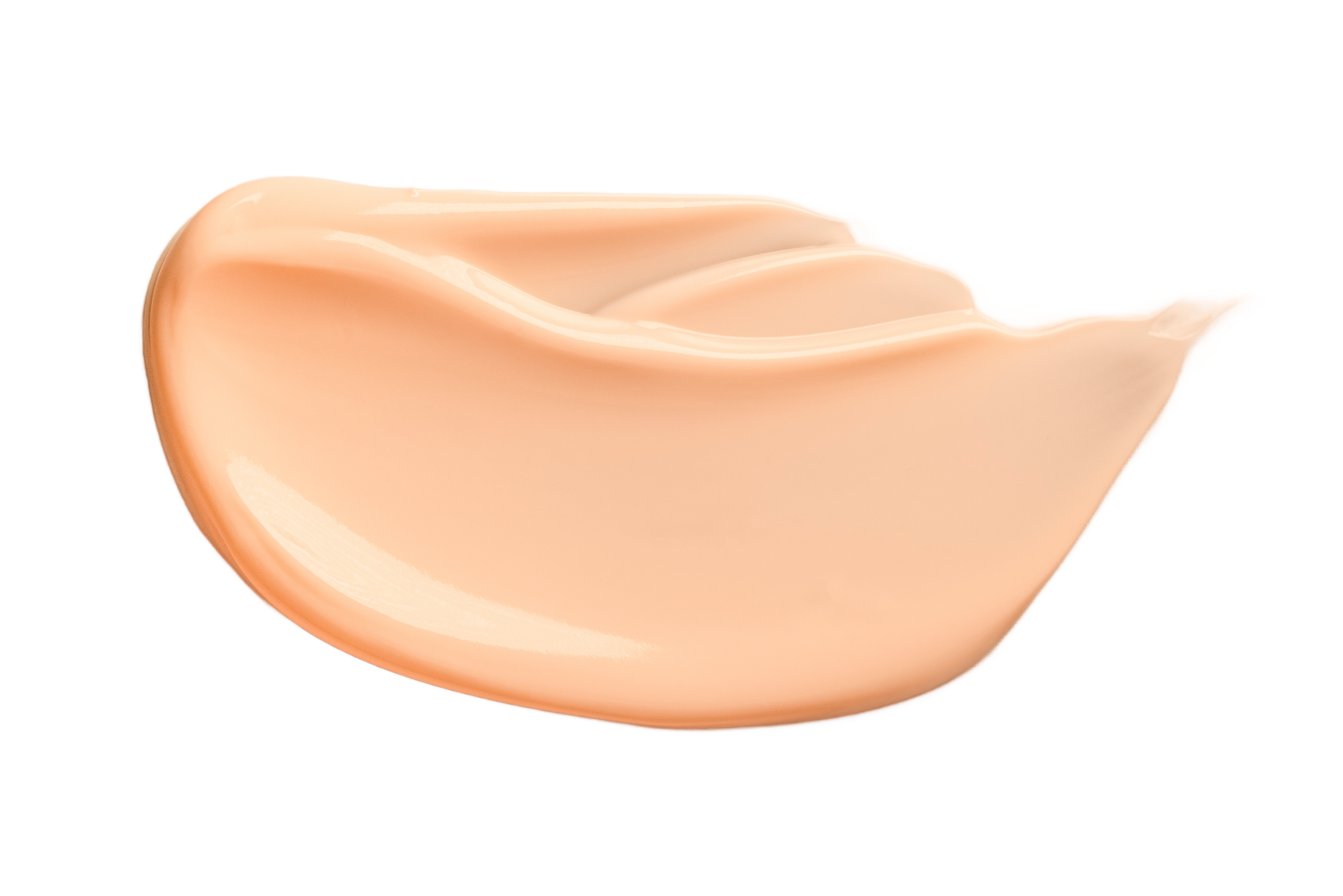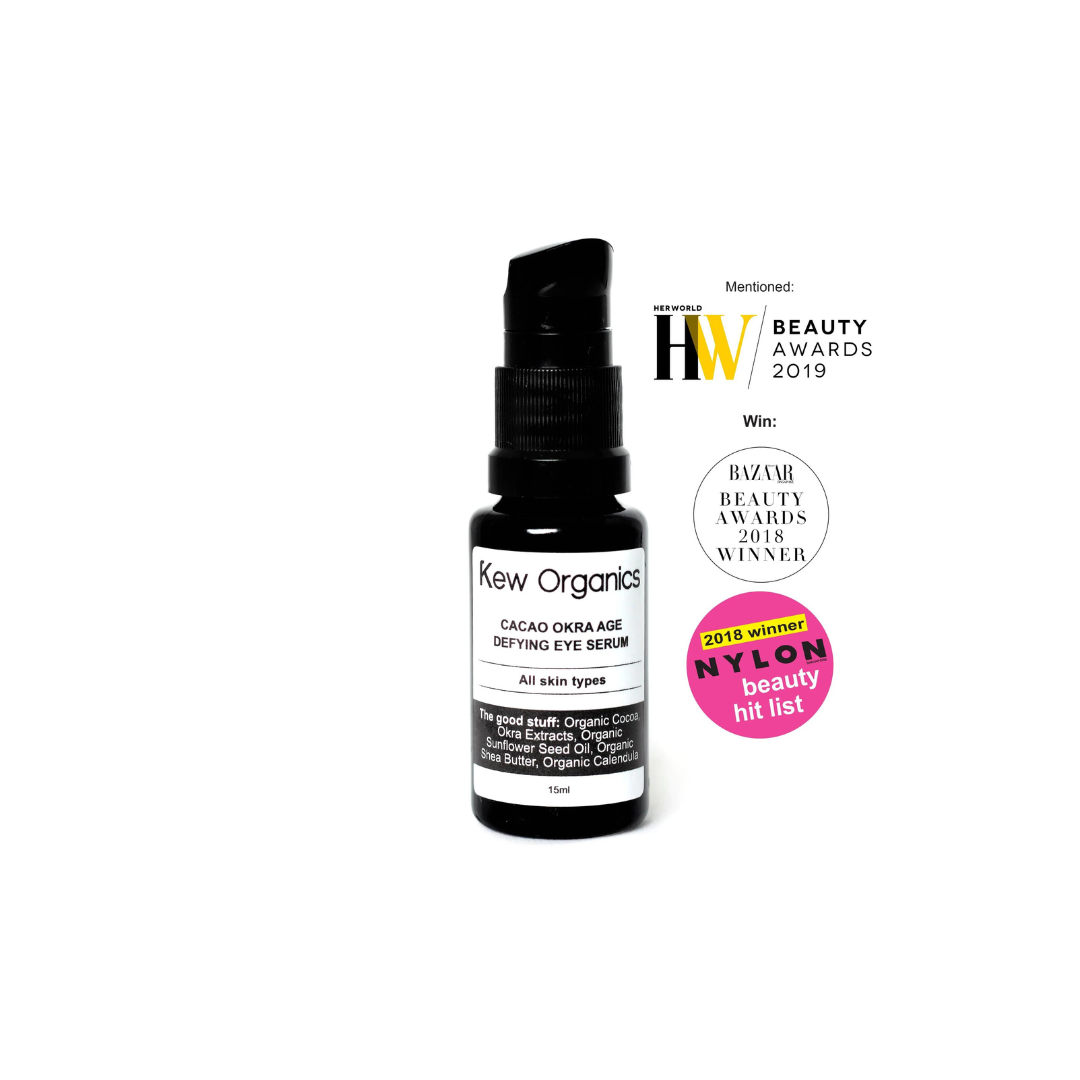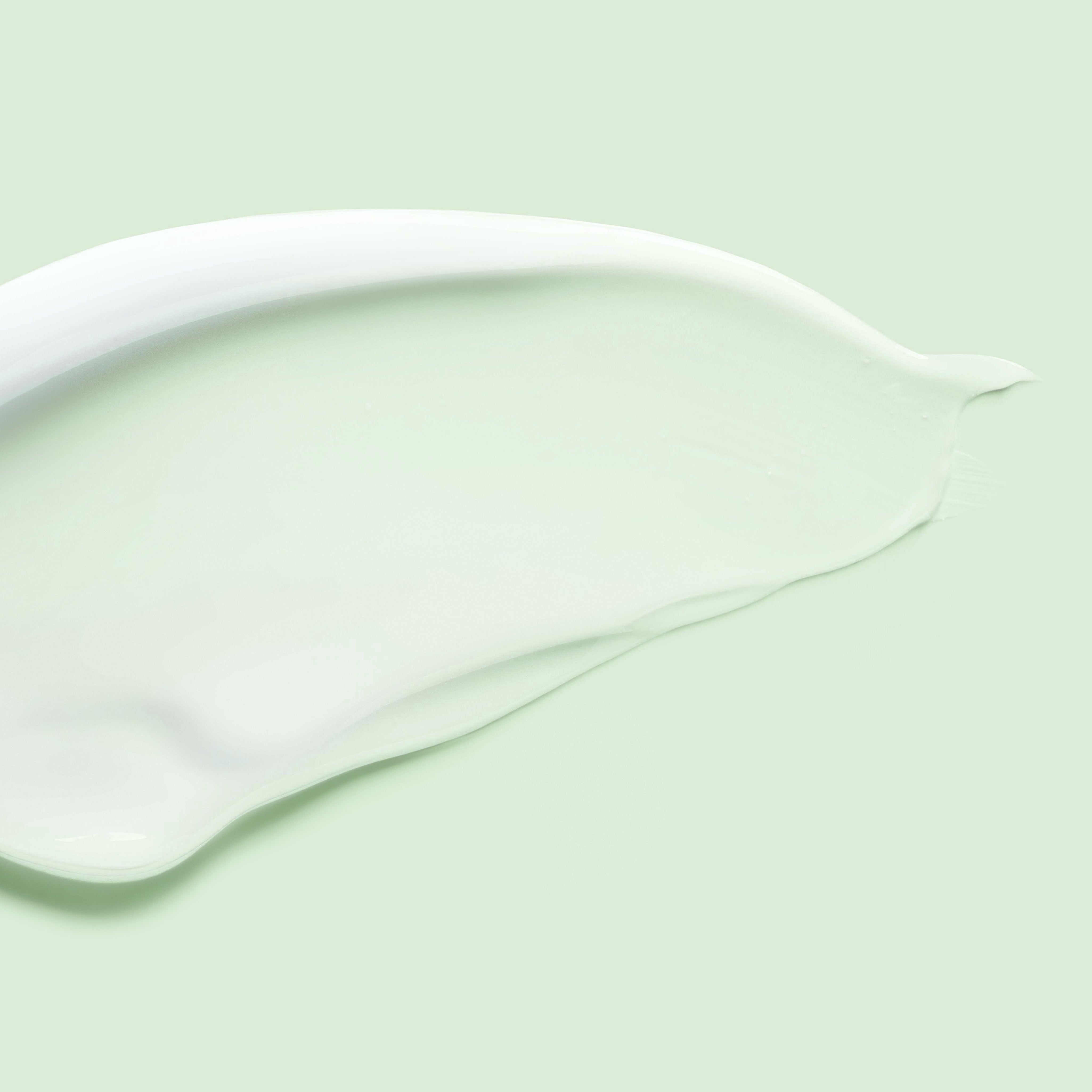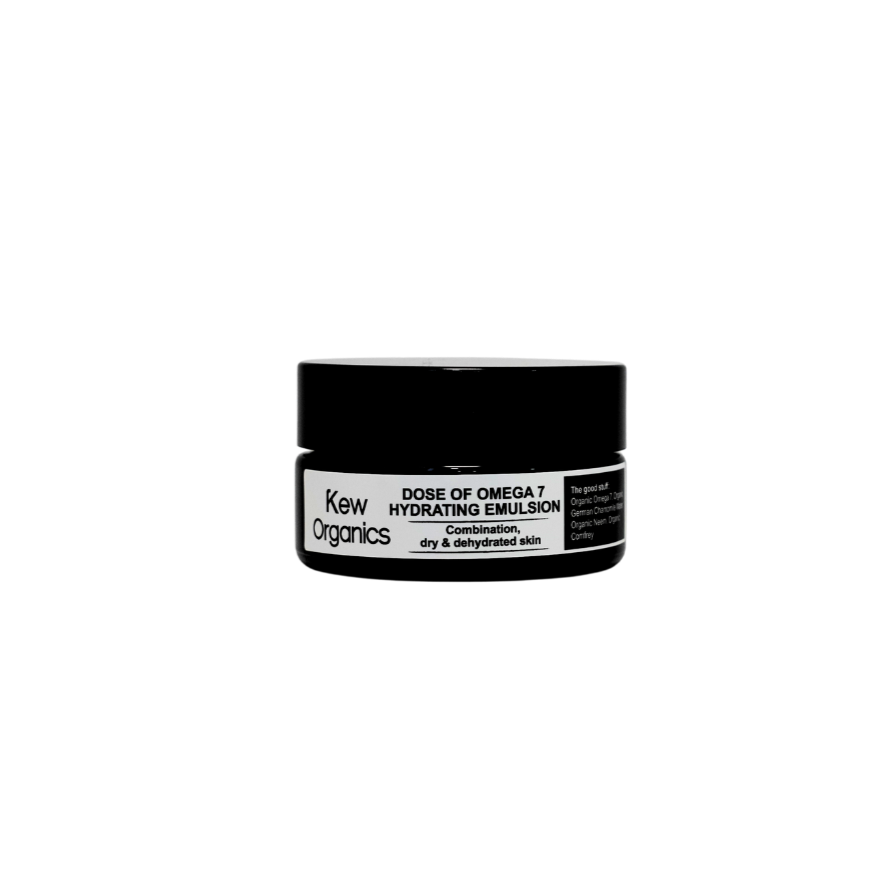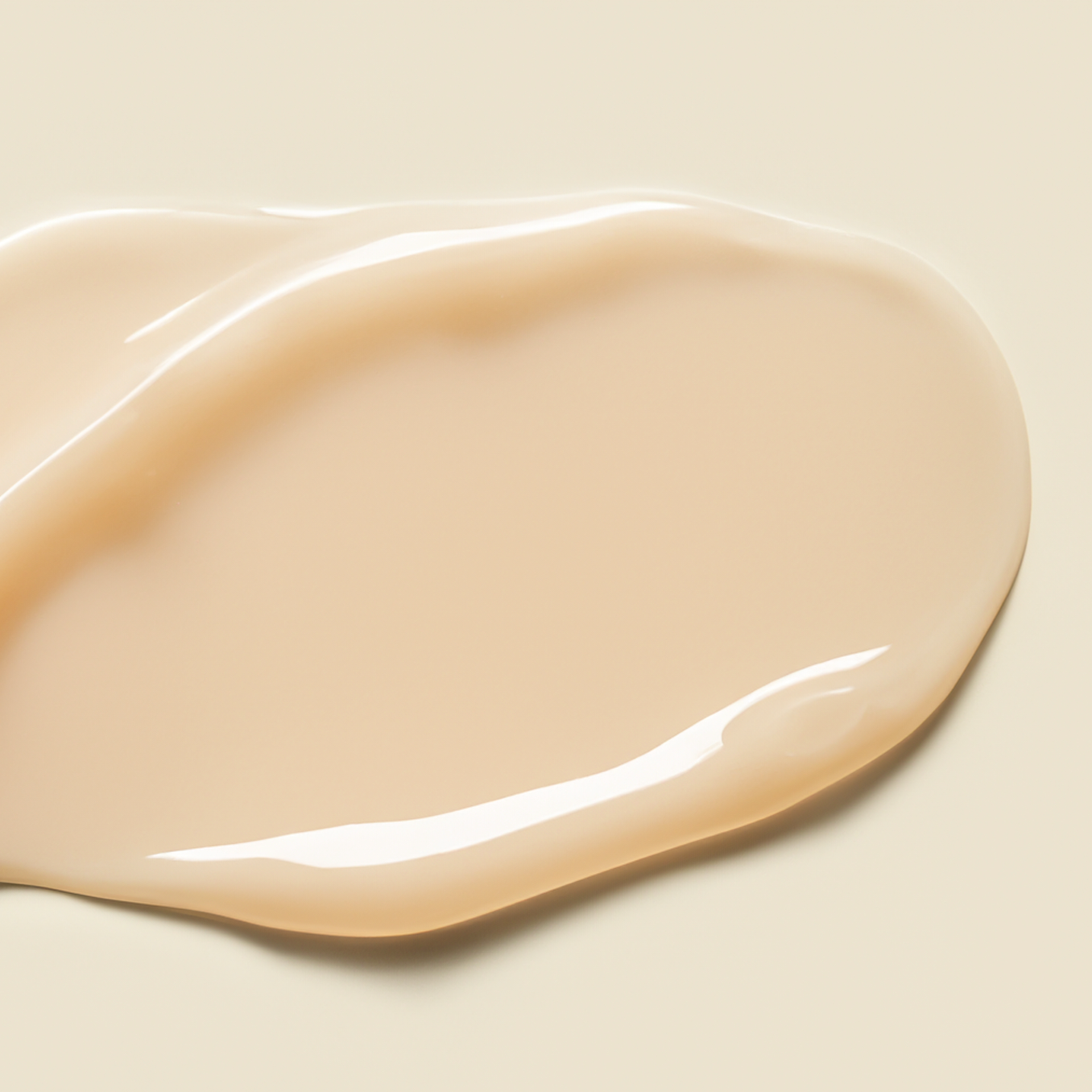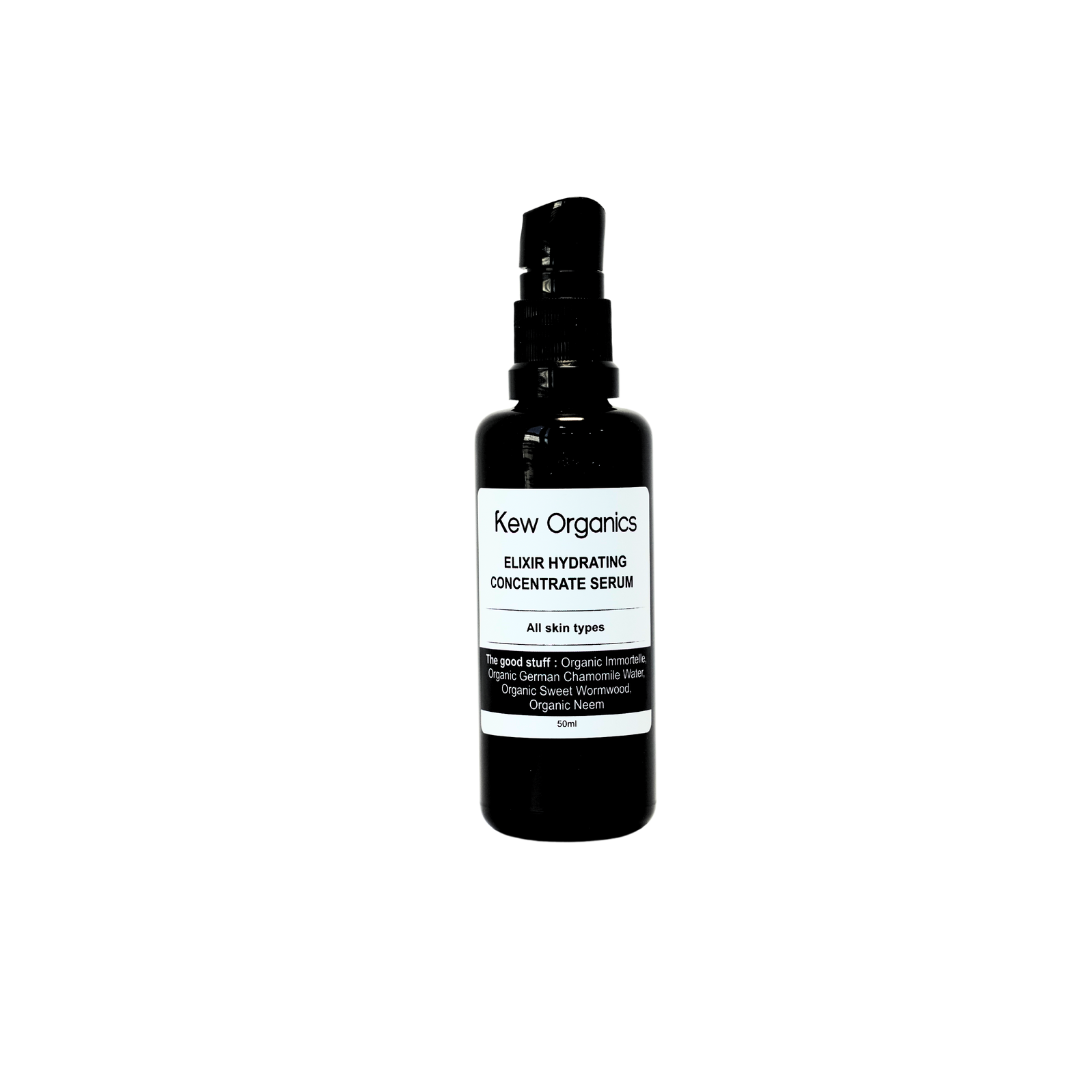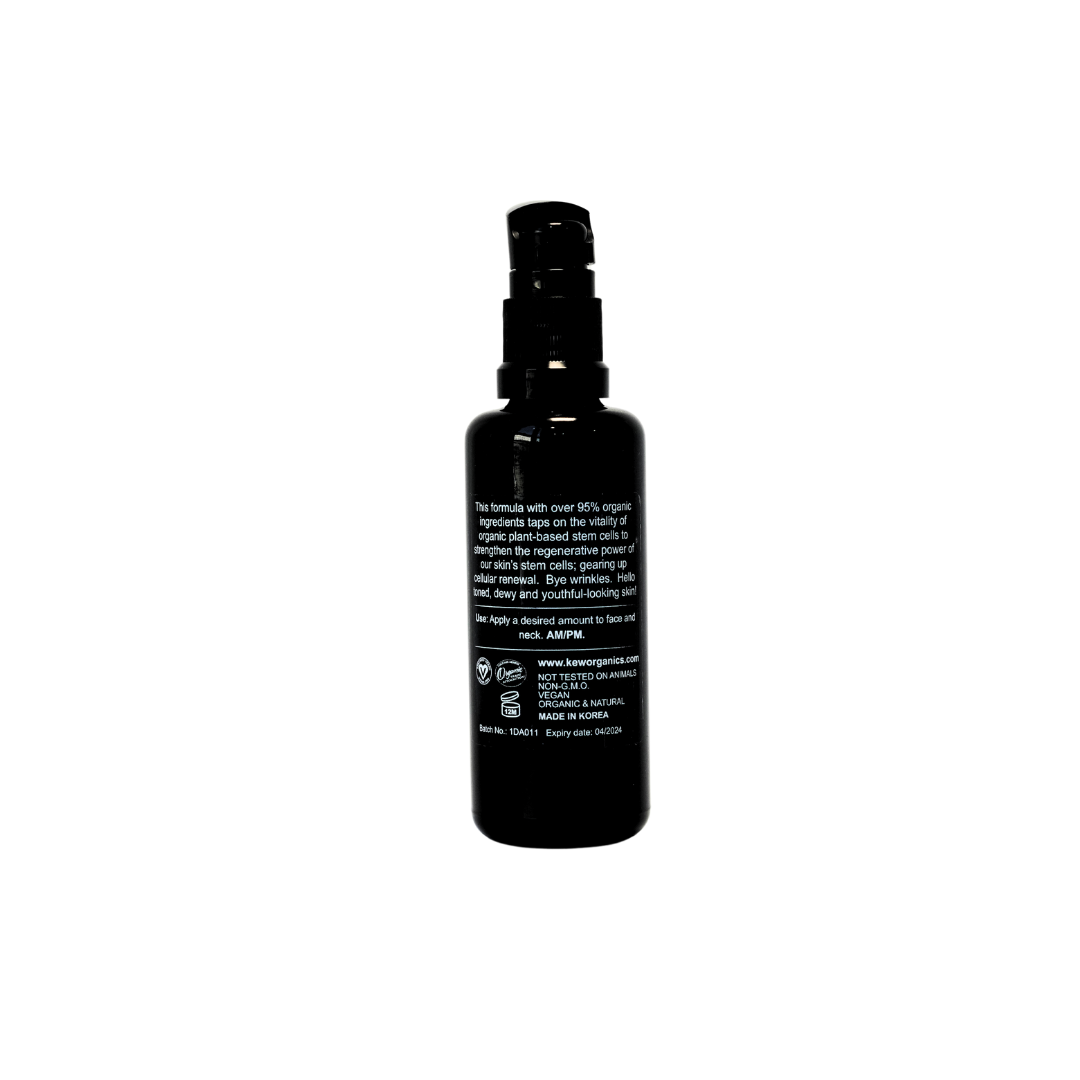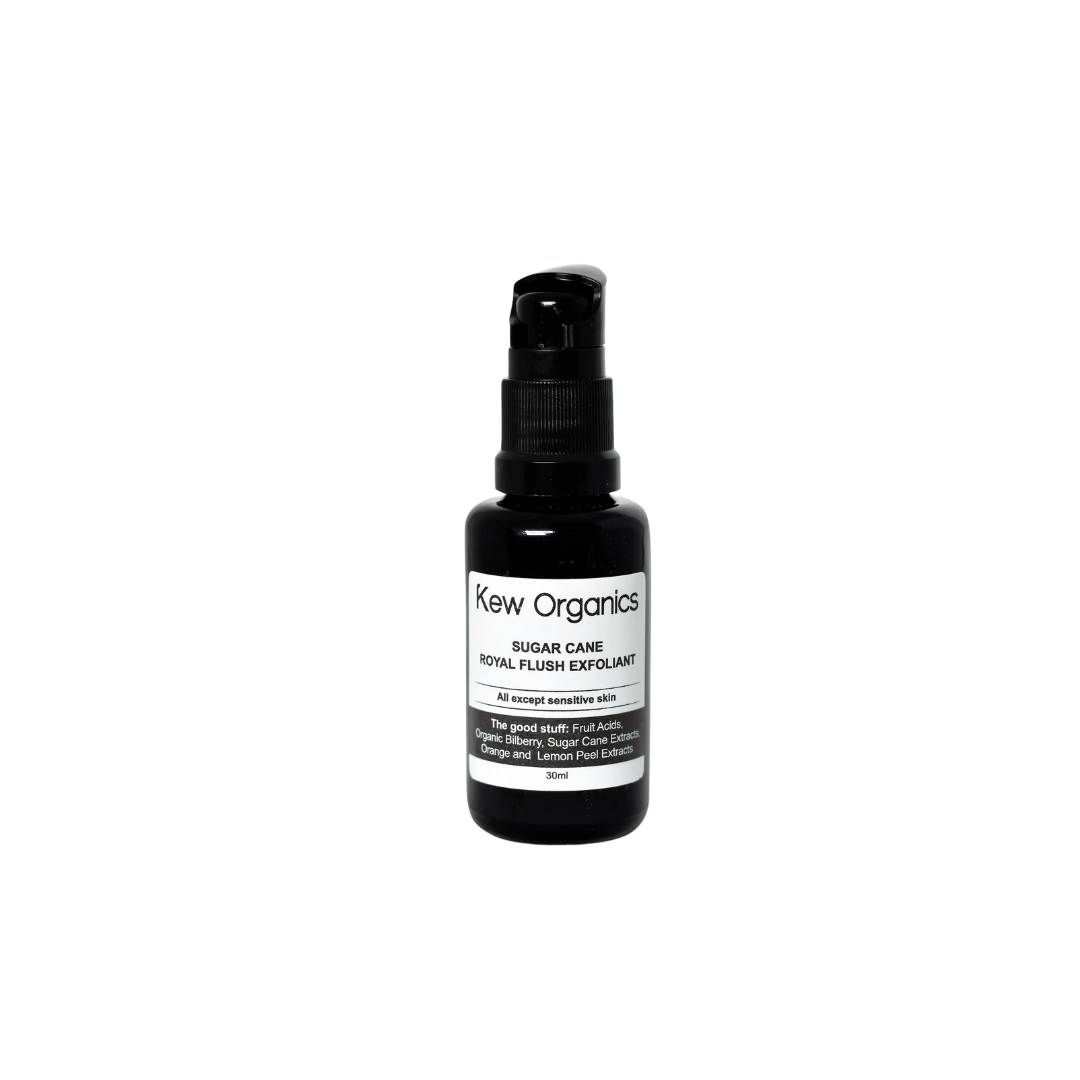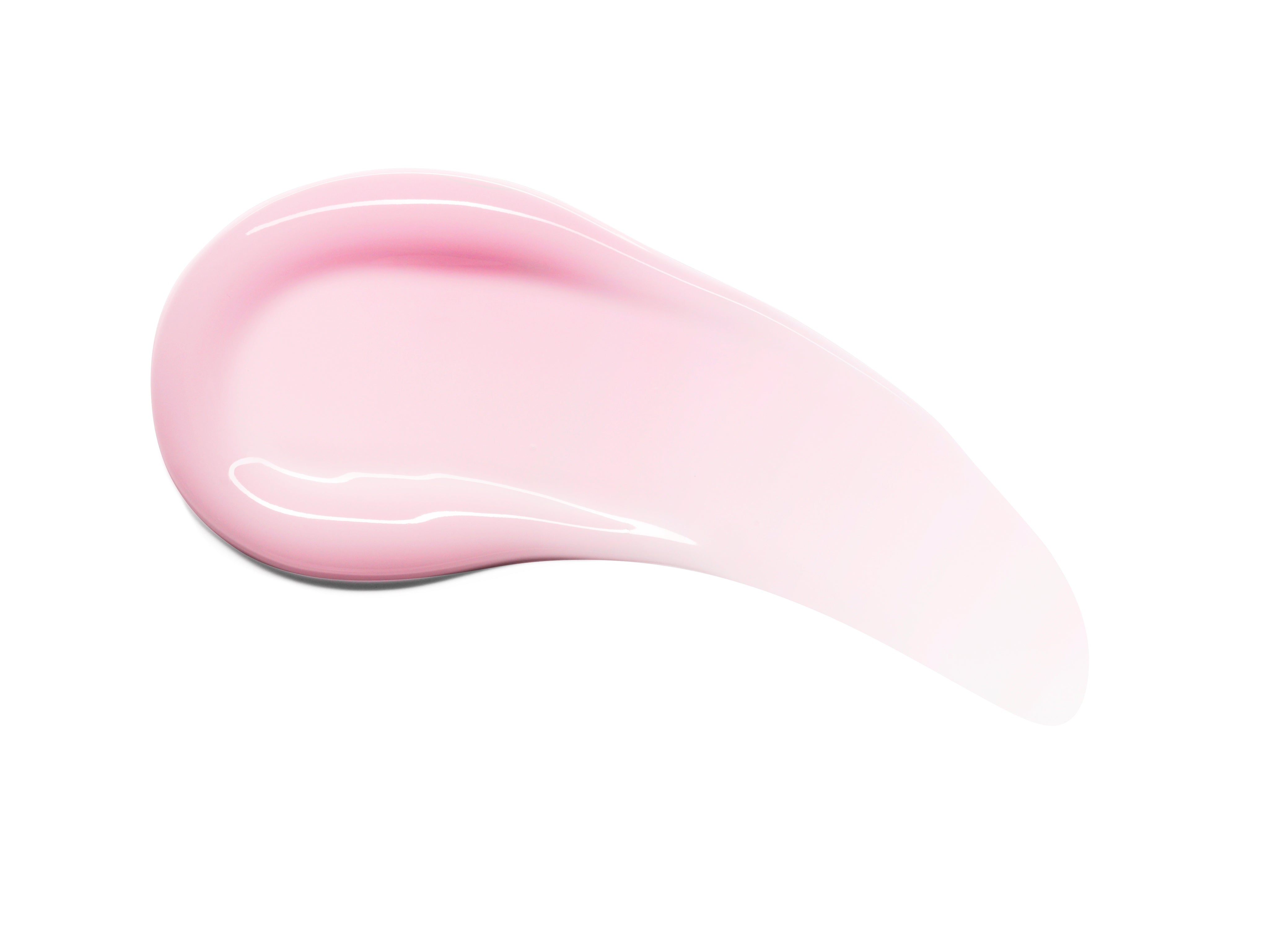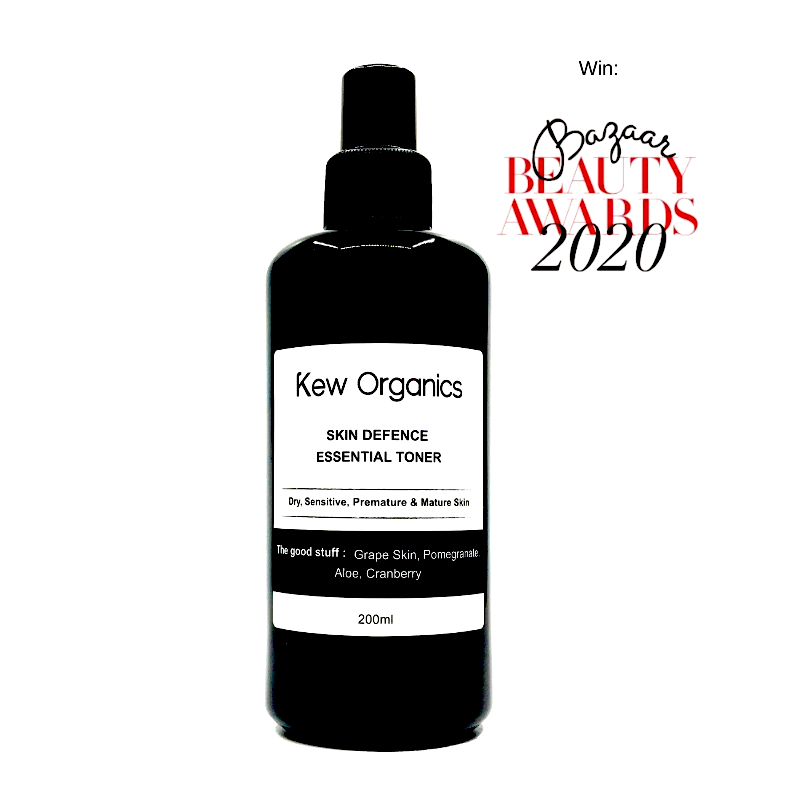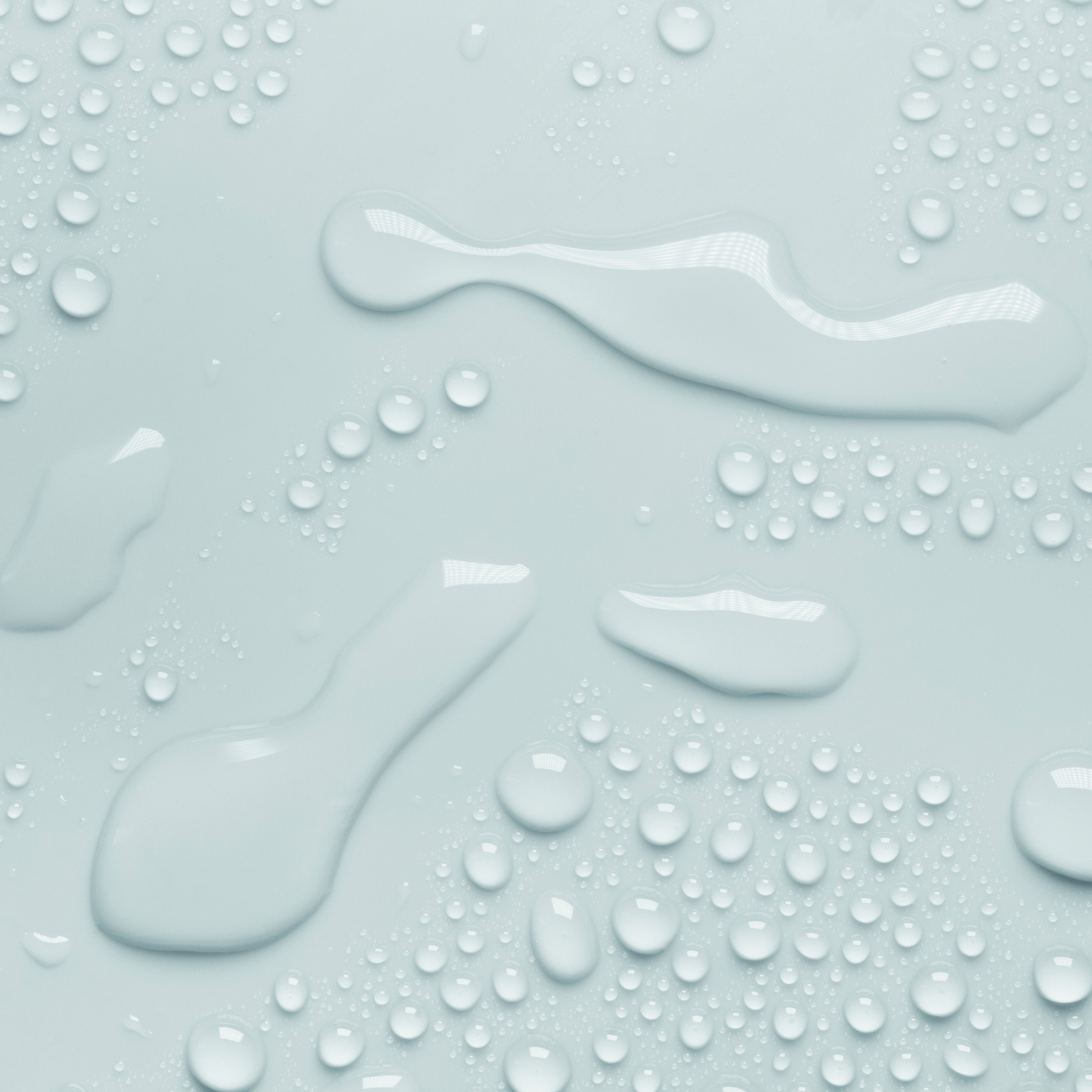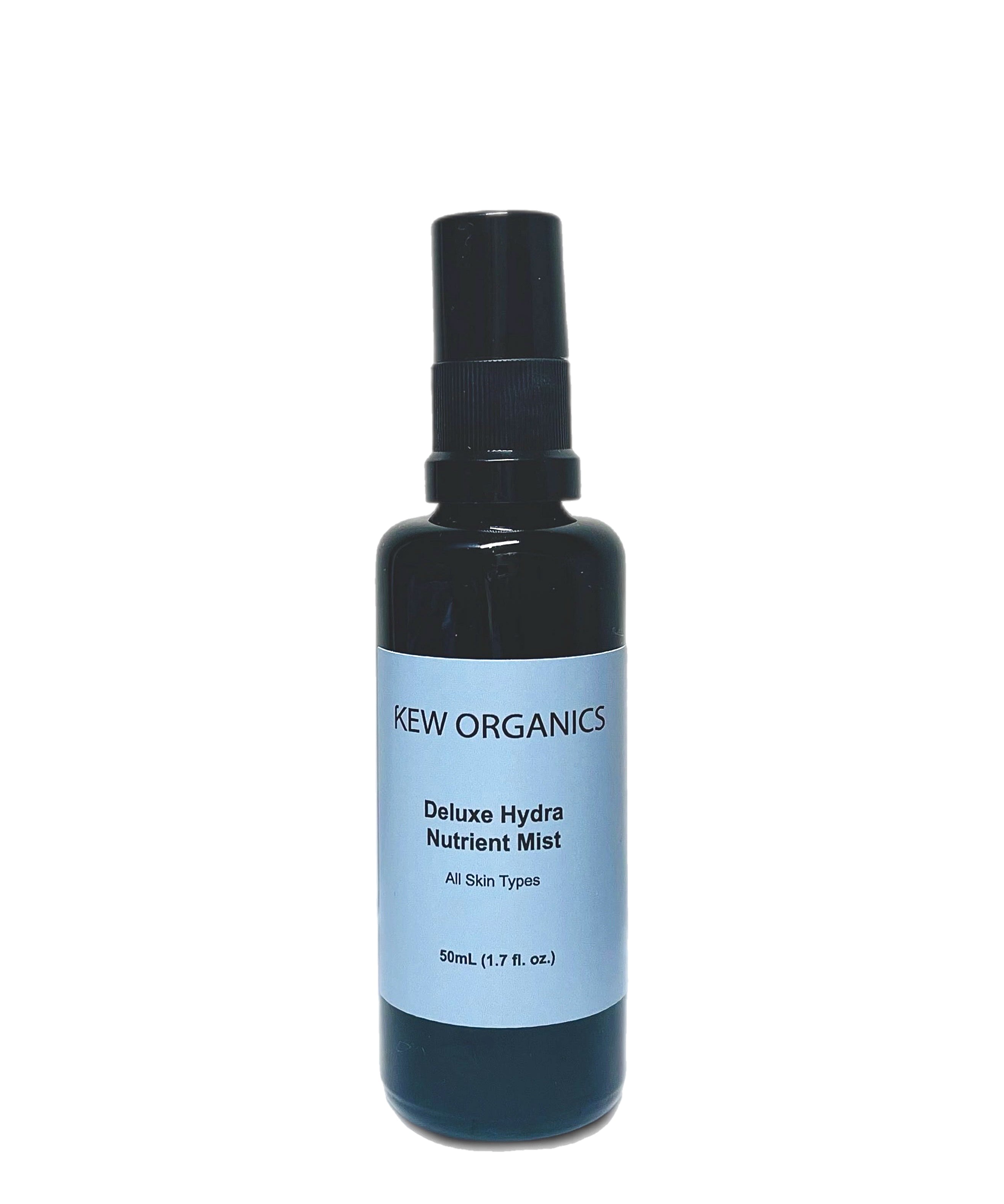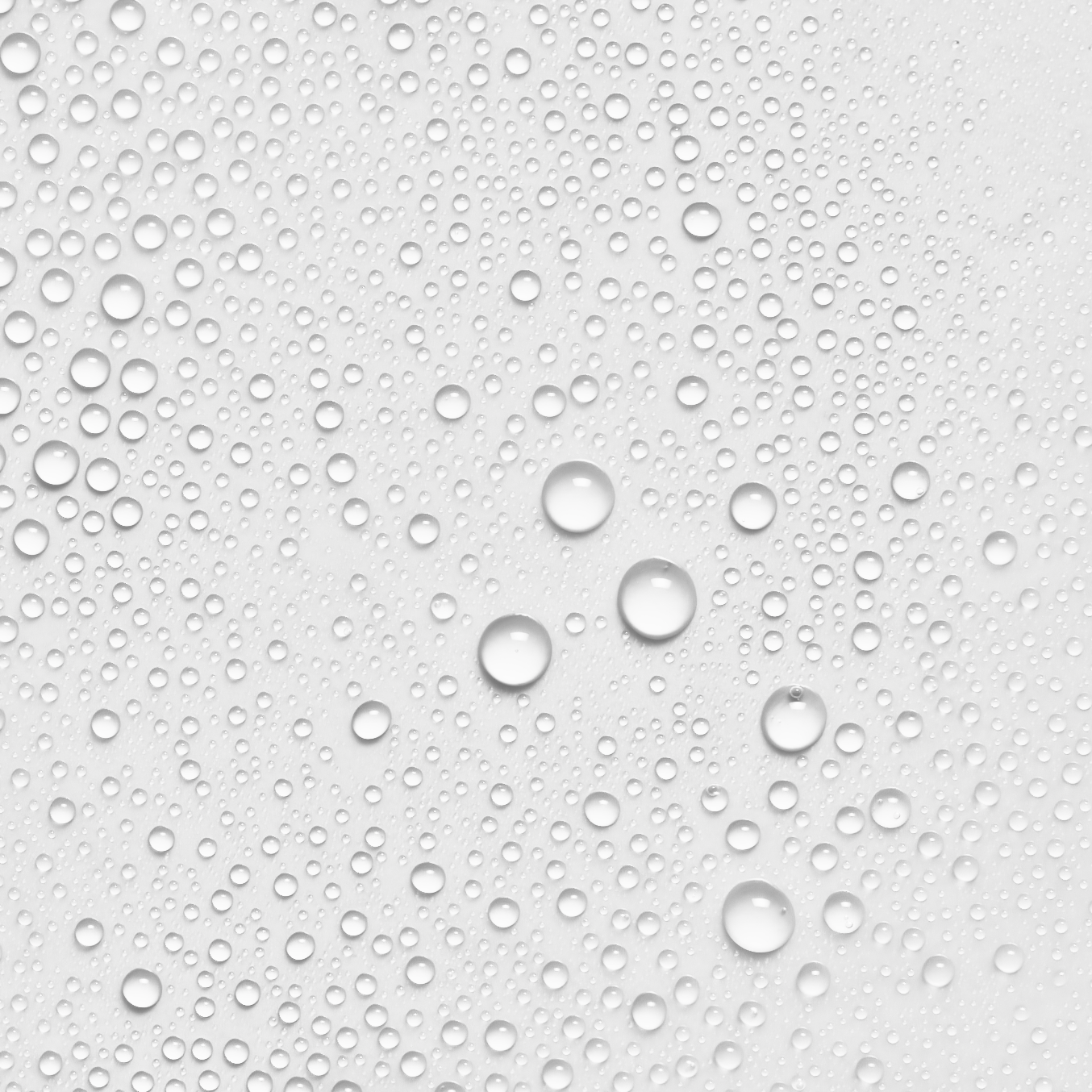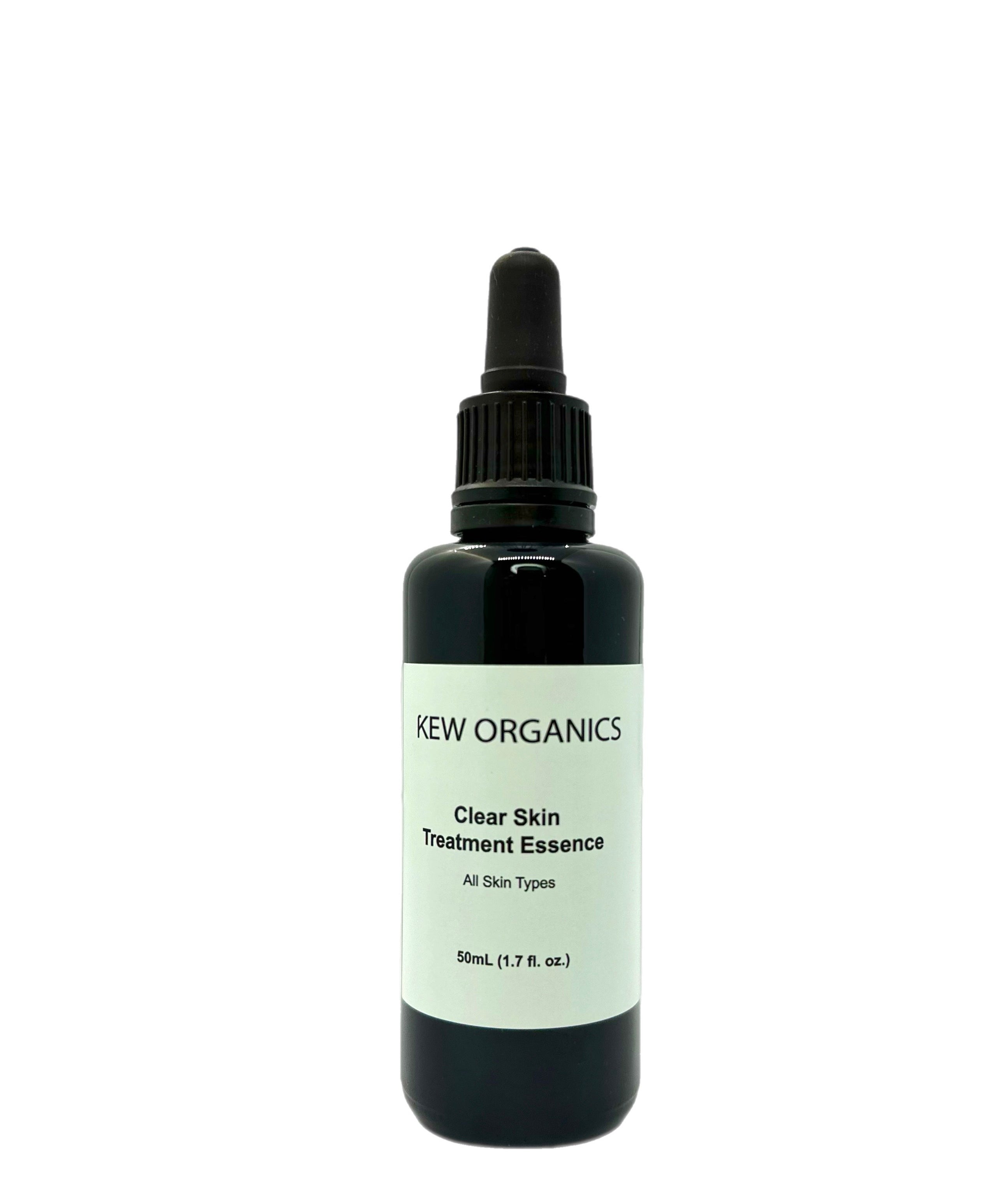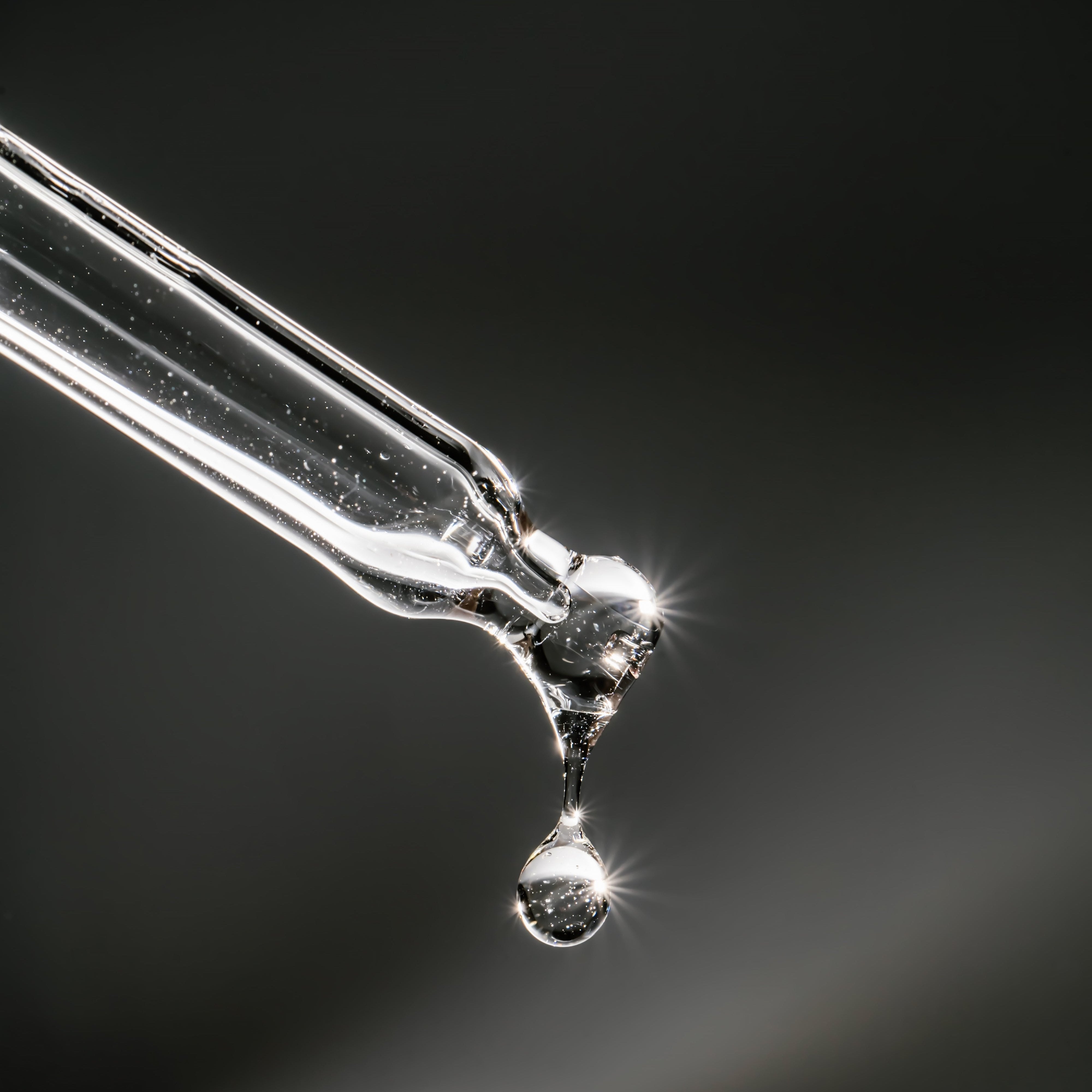THE AUGUSTMAN GROOMING GLOSSARY: HYALURONIC ACID - Augustman 4 May 2020

Published on Augustman, 4 May 2020
The AUGUSTMAN Grooming Glossary: Hyaluronic Acid
Sometimes, the cause of skin problems like excessive oiliness or extreme flakiness is a simple case of dehydration. Studies show increasing hydration has a positive impact on the skin.
However, if you’re chugging water but still don’t see improvement, you may want to try adding hyaluronic acid to your grooming routine.
Don’t let its multi-syllabic name daunt you, because it does offer a multitude of benefits for your skin.
What is hyaluronic acid?
Hyaluronic (pronounced: hai-yair-loo-raw-nik) acid is a sugar molecule that falls under the fourth class of glycosaminoglycans, with a linear structure comprising disaccharide chains. This sticky, viscous substance occurs naturally in the body’s connective tissue to absorb and cushion shock.It also helps to maintain hydration levels in the skin, supporting collagen and elastin to keep the skin taut and youthful. However, much like many other good things, its rate of production drops as we age. Which is why the older we get, the less “perky” our skin appears.
Thankfully, hyaluronic acid is available in both the dermatologist’s clinic and in skincare products. The ingredient was first used in injectable fillers to plump up facial features such as the lips, cheeks and the hollows under the eyes. In recent years it also began to appear in a multitude of skincare products, making it so much easier to keep your skin well hydrated.
What happens when your skin lacks hydration?
Dehydration, of course. But that can mean different things to different skin types.Generally, dehydrated skin lacks luster and feels rough to the touch. Hence, those with existing dry skin could experience intense flakiness and scaliness.
Anyone with mature skin will find their skin to lose elasticity, resulting in fragile skin that sags and injures easily.
Even those with oily skin are not spared. In fact, those with oily skin types could find their skin to be even oilier. Due to dehydration, the pores overproduce sebum to prevent further moisture loss, leaving your skin shinier and more prone to blemishes as a result.
Aren’t acids supposed to be dangerous for the skin?
Most of us are put off by the word “acid” because our minds associate it with corrosive substances.Even if you are already familiar with exfoliating acids such as AHAs (lactic acid, glycolic acid, mandelic acid) and BHAs (salicylic acid), hyaluronic acid is a humectant. This means it has the ability to attract water molecules from the environment and retain them. In fact, multiple studies have shown that one molecule of hyaluronic acid has the ability to attract up to 1,000 times its weight in water.
So instead of sloughing off or dissolving dead skin cells and grime on your skin like AHAs and BHAs, this actually introduces a surge of hydration to your skin.
What can you experience while using products with hyaluronic acid?
Immediately, most skin types will notice a smoother and dewier appearance.Over time, those with dry skin will notice improved skin texture with an overall glow. Those with mature skin will find their skin feeling more elastic, while the appearance of lines is reduced.
Those with oily skin will see a balanced sheen instead of a greasy shine.
Are all hyaluronic acid products created the same?
No. Short-chained hyaluronic acid works by penetrating deeper into the skin, allowing it to plump skin cells up from within.Long-chained hyaluronic acid has a more occlusive effect in that it sits on the skin surface to protect it from drying out.
Sodium hyaluronate is a hyaluronic acid salt commonly found in skincare products. Its smaller structure allows it to penetrate deeper into the skin cells, plumping it with hydration from within. This results in firmer, more turgid cells, giving the skin a more even texture and appearance.
Sounds too good to be true. Surely there must be a downside to hyaluronic acid?
Its water-absorbing properties could backfire when your skin is exposed to dry environments (colder climates, constant air conditioning, airplanes, etc). Instead of absorbing water from the air, it could draw moisture from your skin instead, leaving it dehydrated.Because of that, it is important that you seal hyaluronic acid serums in with a thin layer of moisturiser. Otherwise, simply leave a humidifier on your work desk or carry a hydrating mist when you’re on the go if you live in colder climates or are in an airplane.
Which ingredients best complement hyaluronic acid?
Because of its neutral nature, hyaluronic acid generally supports a lot of active ingredients. While it supports ingredients like vitamin C and exfoliating acids, it enhances the function of hydrating ingredients like niacinamide, ceramides and soothing botanicals.Is there a proper way to use hyaluronic acid?
Although there’s no harm in including hyaluronic acid in any step in your skincare routine, we found that it is best used in serum form after toning and before moisturizing based on our experience alone.- Tags: Skincare


